RFK Jr. Has Controversial Opinions—but He’s Standing by Them
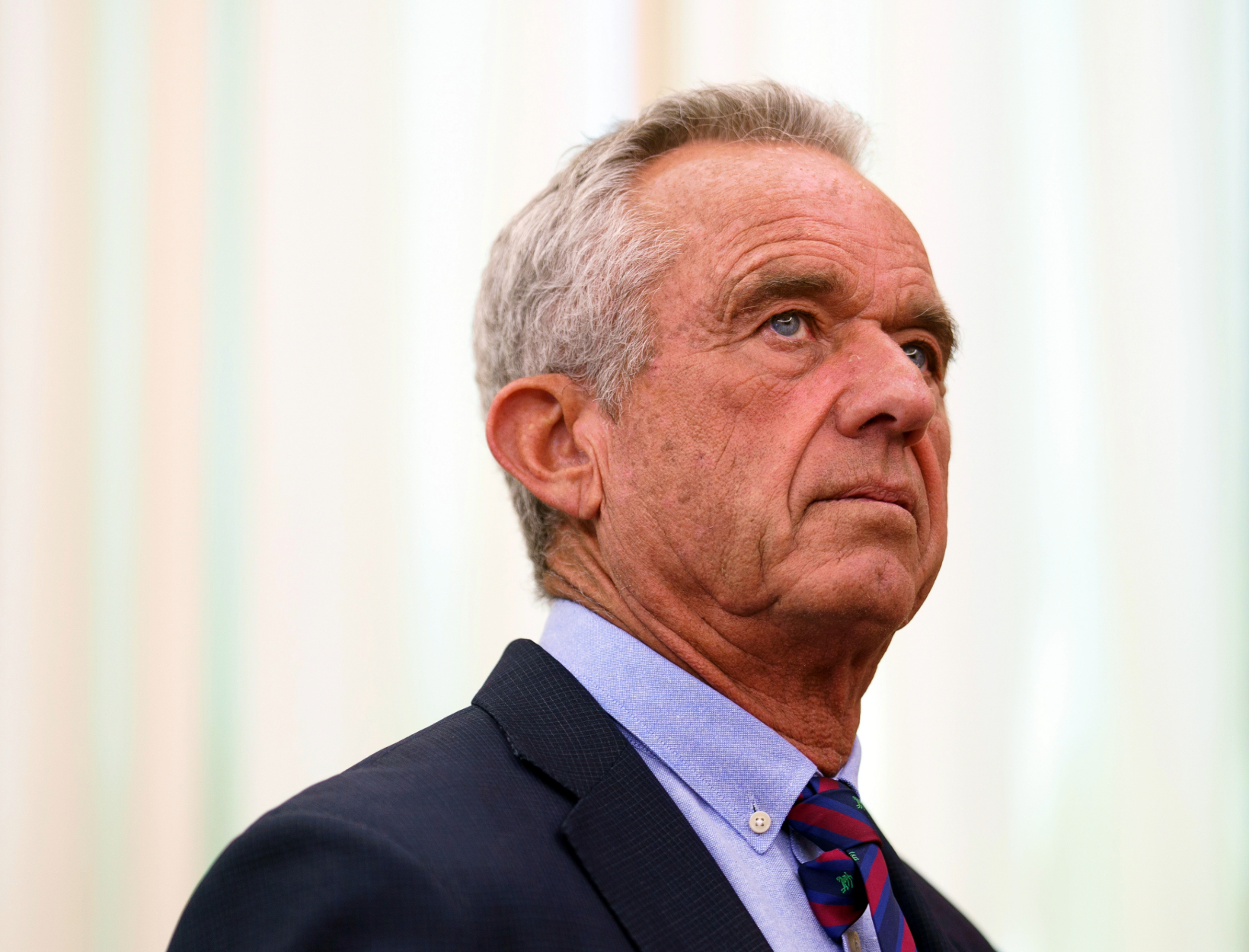
When Robert F. Kennedy Jr. (aka RFK Jr.) was sworn in as the 26th Secretary of the U.S. Department of Health and Human Services, he immediately sparked a firestorm of controversy. Critics argued that his Make America Healthy Again (MAHA) movement was rooted in vaccine denialism, junk science, and a misinterpretation of what has been established and proven by decades of medical science.
On The Art of Being Well, host Dr. Will Cole asked RFK Jr. which public health issue worries him the most. Kennedy Jr.’s answer was immediate: autism. RFK Jr. called today’s prevalence “a crisis…in the 1970s it was 0.7 in 10,000; now it’s one in 31 kids,” and blamed the rise on “environmental toxins introduced after 1989.” He rejected the idea that today’s improved screenings explain the spike, adding, “If diagnostic substitution were real, we’d have 60-year-old autistics everywhere. We don’t.”
Cole countered by bringing in Stanford epidemiologist and current NIH director, Dr. Jay Bhattacharya, who praised routine childhood vaccines (including the MMR vaccine) and reminded listeners that correlation is not causation. This exchange crystallized a debate millennial parents know by heart: fiery rhetoric versus population-level data.
What RFK Jr. said—and why it lands differently today
Kennedy Jr.’s narrative is stark: Autism was “virtually unseen” until the late ’80s, then exploded in lock-step with an expanded vaccine schedule. While that storyline resonates with young families still reeling from the pandemic and overwhelmed by health and wellness advice, the timeline alone can’t settle causation, and the autism community argues that it overlooks crucial context.
What the science actually shows
Extensive cohort studies from the US, Denmark, Sweden, and the UK have found no causal link between vaccines and autism. A 2013 CDC review compared total antigen exposure in over a thousand children and found no difference between autistic and neurotypical groups.
RFK Jr.’s claim about “environmental toxins” triggering autism stems from Andrew Wakefield, who was stripped of his medical license in 2010 for his disproven allegations made in 1998 about the causal link between the MMR vaccine (measles, mumps, and rubella) and autism. The paper, which was subsequently retracted, is credited with kicking off the modern “anti-vax” movement.
The numbers changed—but so did the rulebook
The CDC now estimates that about 1 in 36 eight year olds meet the criteria for autism. Epidemiologists list three primary drivers for the steep rise in numbers:
- Broader diagnostic criteria. Asperger syndrome and other subtypes were folded into the spectrum in 1994; the 2013 DSM-5 created a single “autism spectrum disorder,” widening the net.
- Better screening and awareness. Pediatricians now use standardized tools at 18- and 24-month visits; schools track developmental data far more closely.
- Equity gains. Girls, Black children, and kids in low-income districts—which were long overlooked—are finally being identified.
From locked wards to living rooms
Kennedy Jr. argues that older autistic adults are invisible at best, and “non-existent” at the worst. Advocacy groups respond that many individuals were never diagnosed or were hidden in institutions.
Willowbrook State School, exposed by Geraldo Rivera in 1972 for appalling neglect, housed thousands of developmentally disabled New Yorkers until its 1987 closure. Today, early-intervention therapists visit family homes, and inclusive classrooms are the standard. Society didn’t create autism in 1989; it finally stopped locking it away.
What today’s moms (and future moms) want to know
- Vaccines remain safe. Multiple studies across continents reach the same conclusion: Routine immunizations do not cause autism.
- Genes dominate risk. Hundreds of gene variants now link to the spectrum; heritability estimates hover around 80 percent.
- Early support works. Speech therapy, occupational therapy, and evidence-based behavioral programs improve long-term outcomes, regardless of the root cause.
Why RFK Jr.’s rhetoric worries advocates
Labeling autism an “epidemic” tied to a stealth toxin can divert research dollars from gene-based studies and feed parental guilt. As Boston University psychologist Helen Tager-Flusberg told Vox, “Looking for that holy grail is not the best approach.” Self-advocates add that framing autism as a calamity can devalue autistic lives and ignore hard-won progress toward inclusion.
RFK Jr. isn’t likely to soften his stance, either, and his critics are just as entrenched. Between passionate conviction and peer-reviewed data lies the path most families walk: weighing evidence, asking tough questions, and making decisions with a medical professional who knows your history. Healthy skepticism is intelligent, while wholesale rejection of well-established science is not.




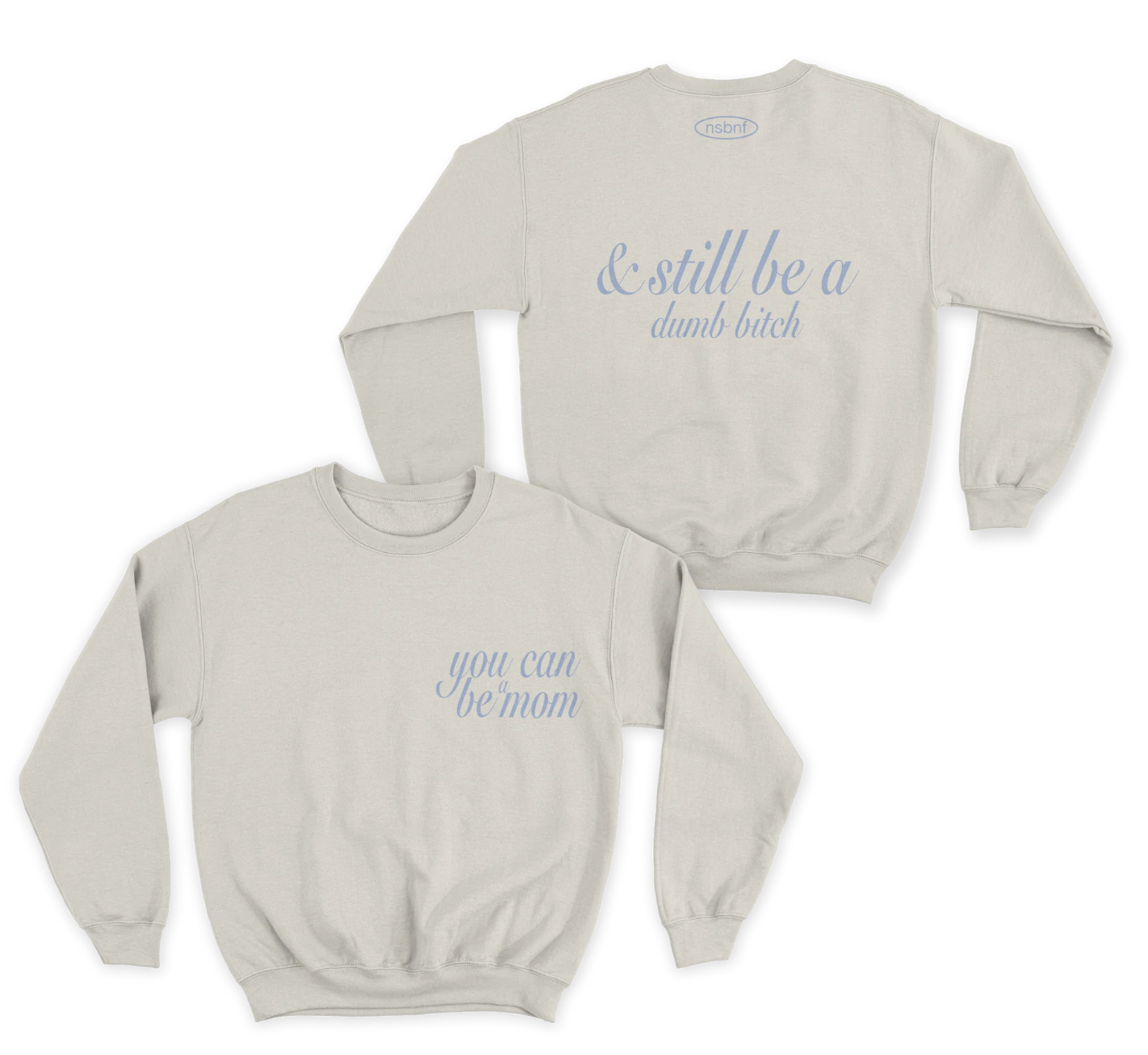

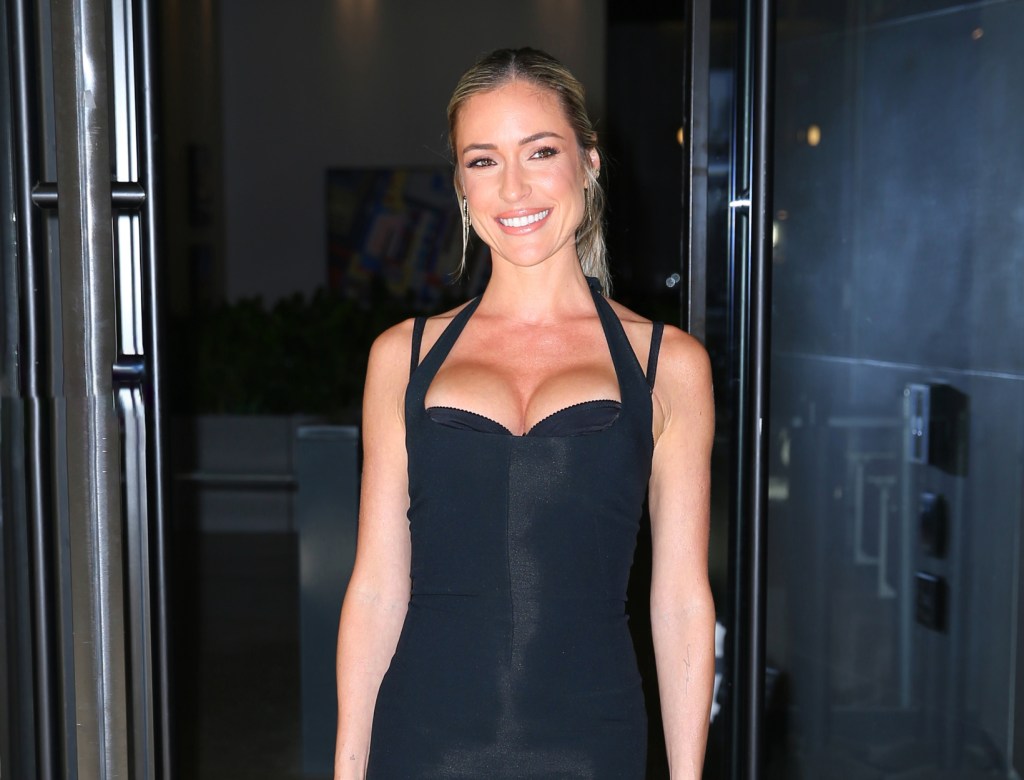
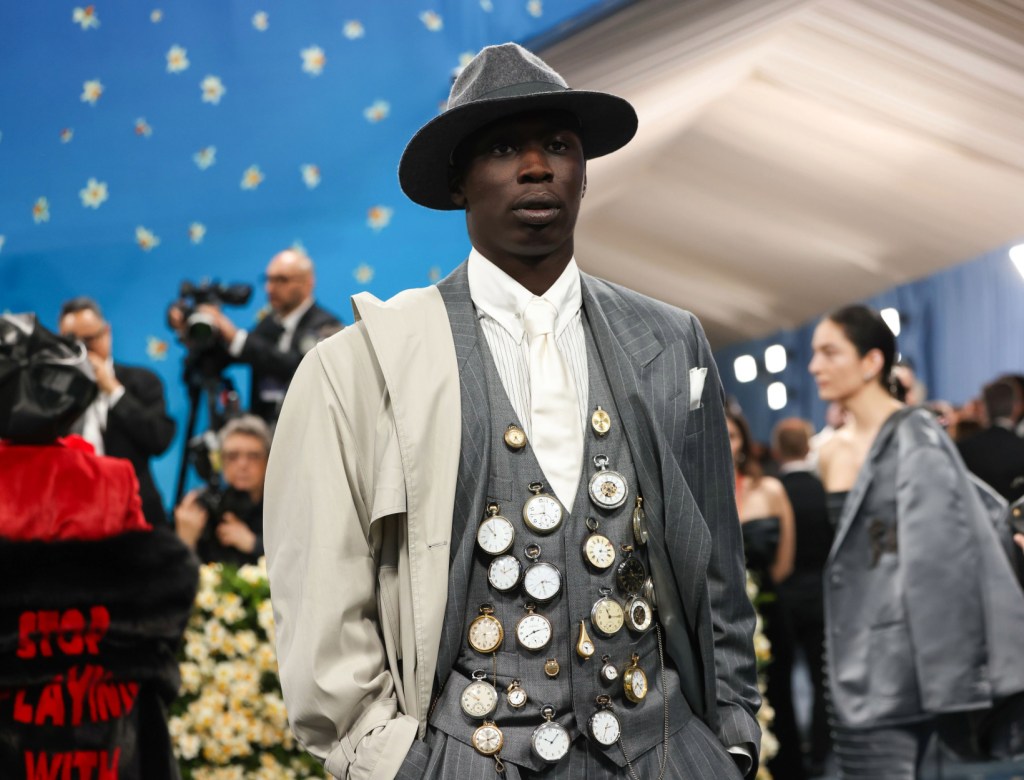
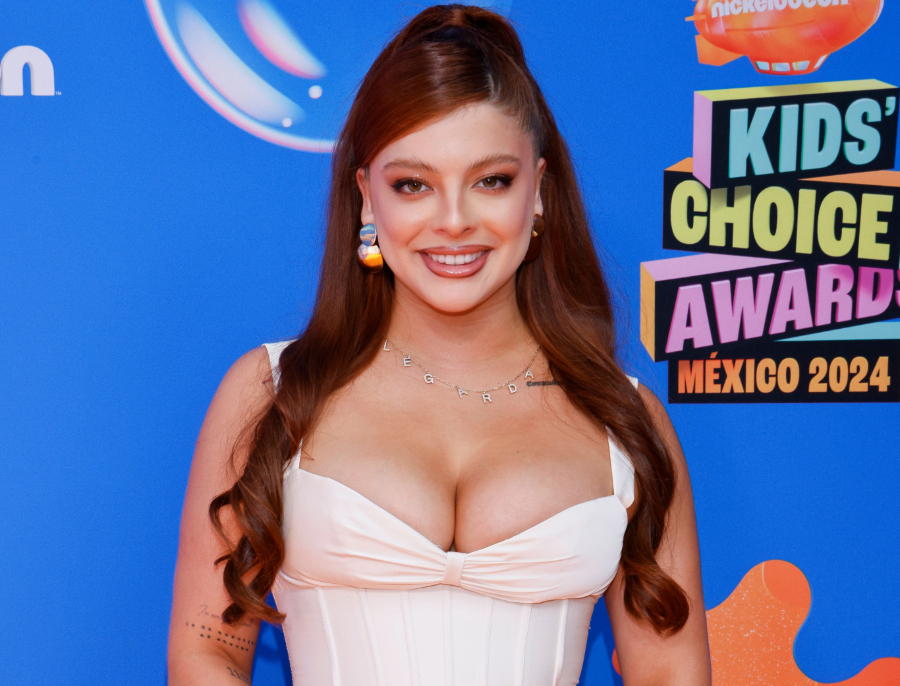
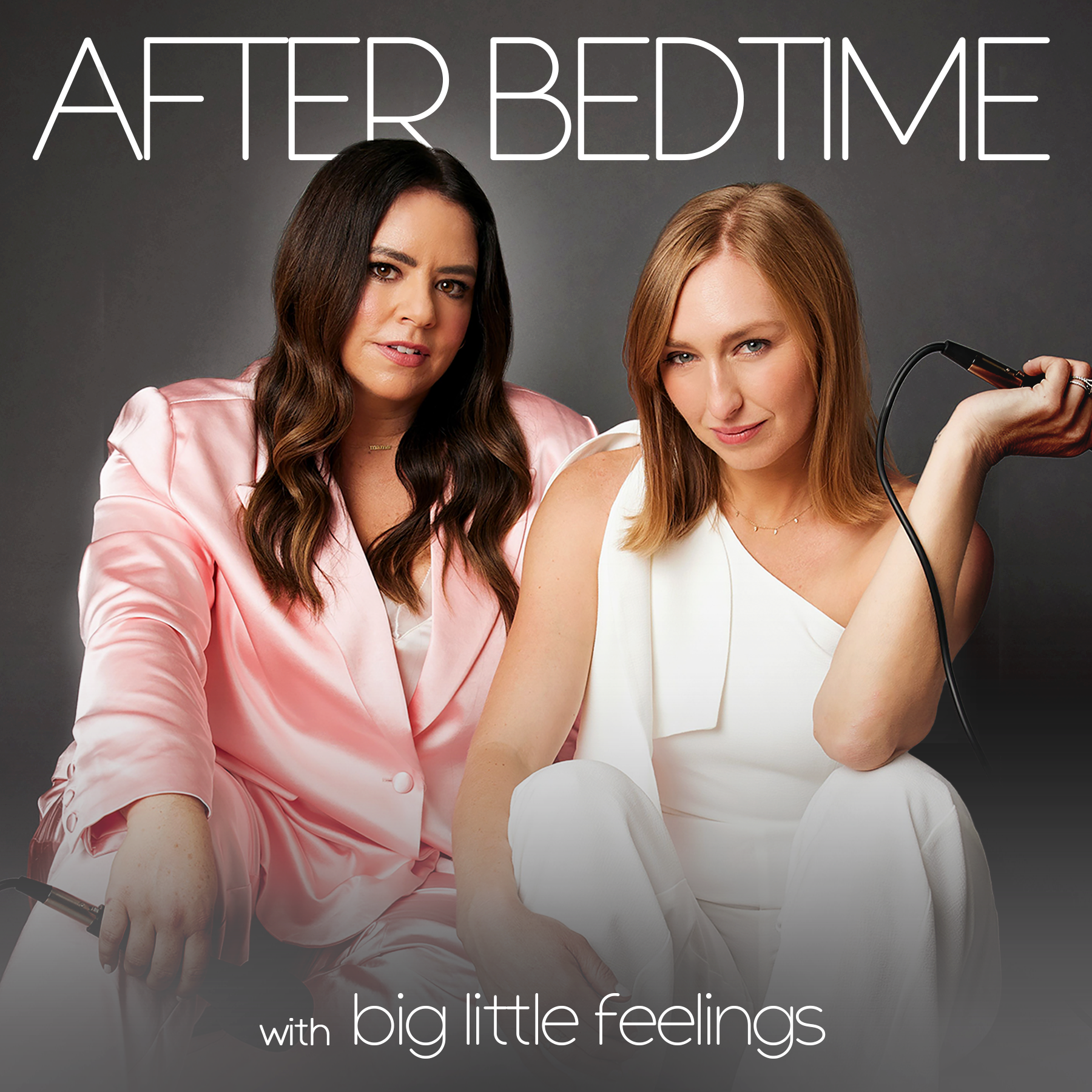

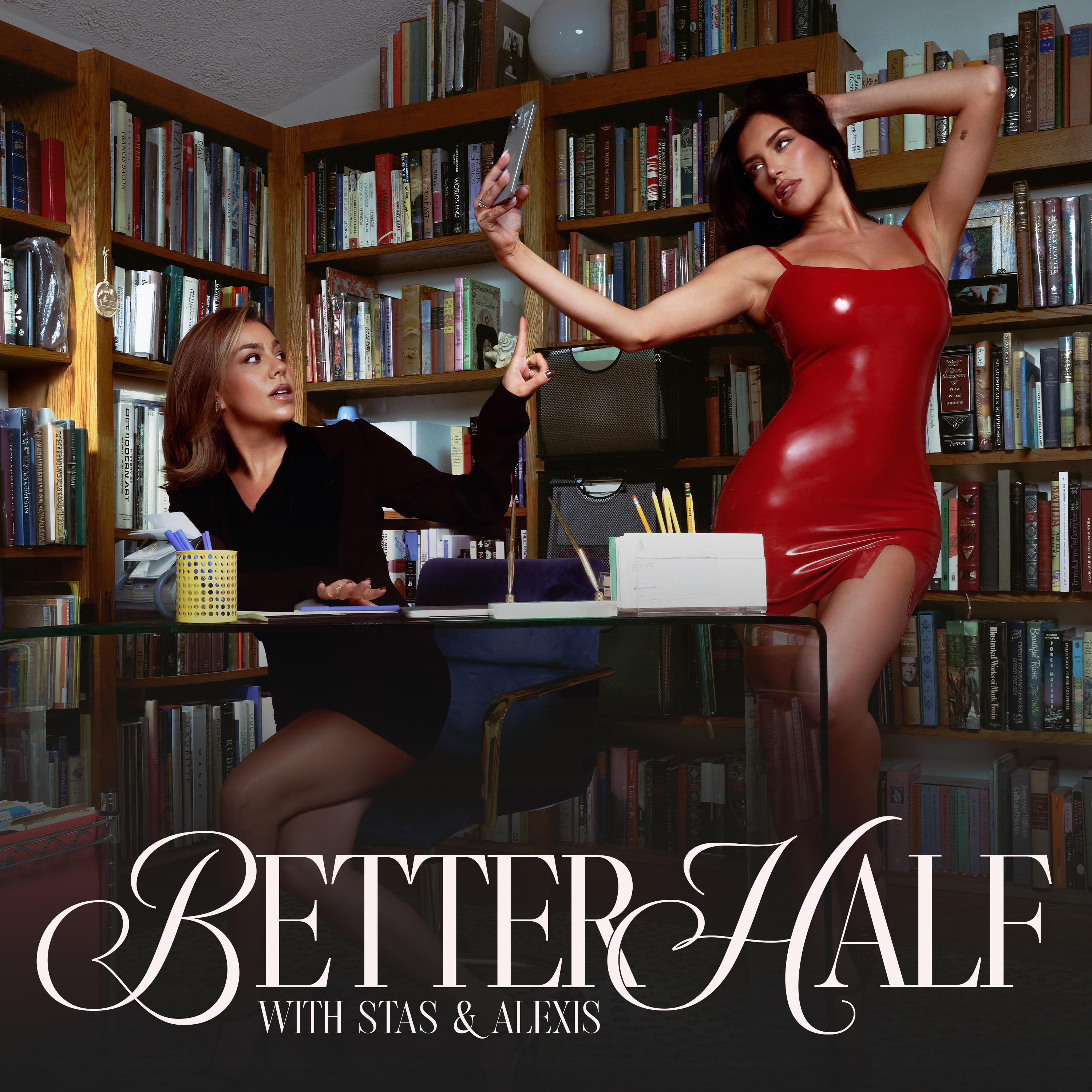
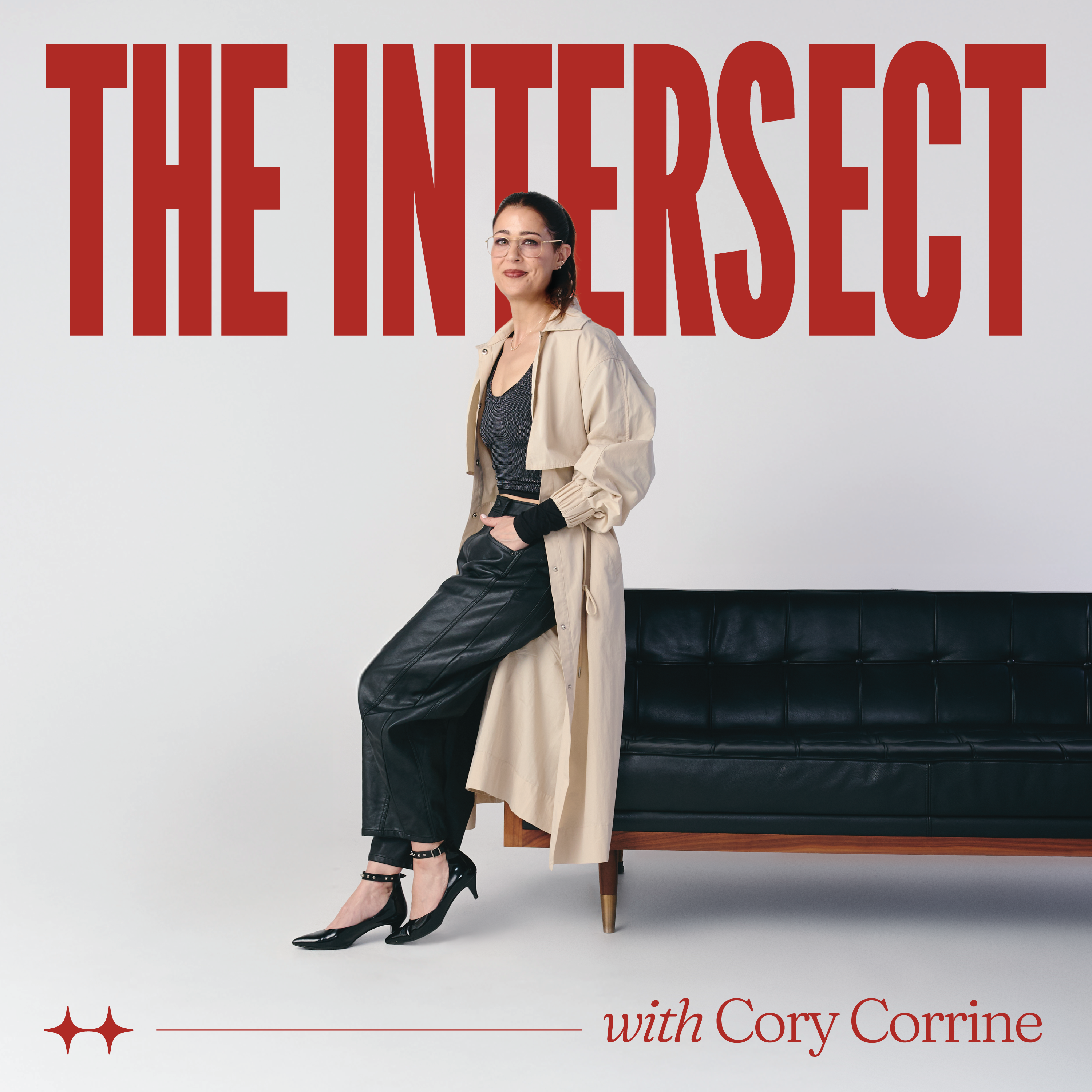


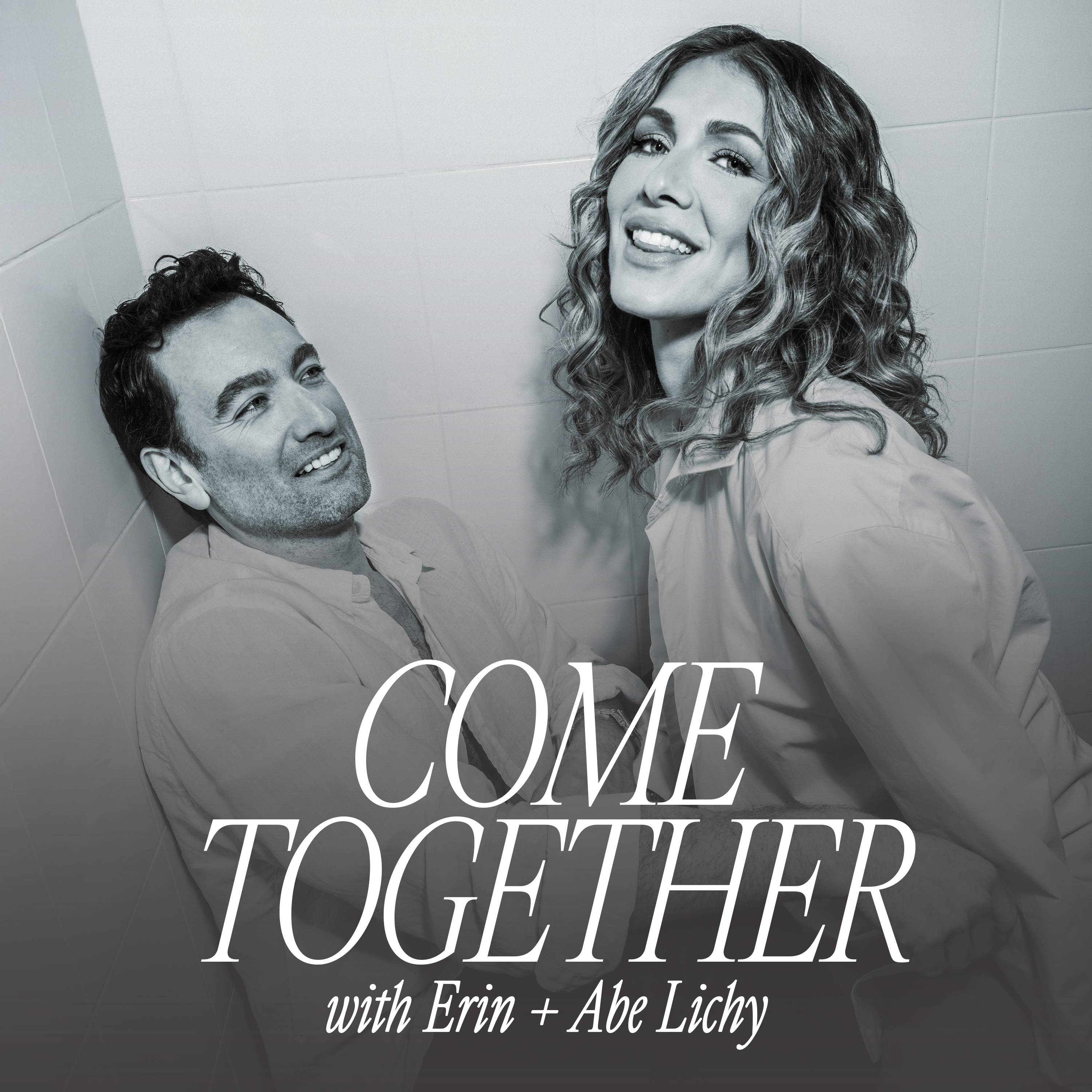


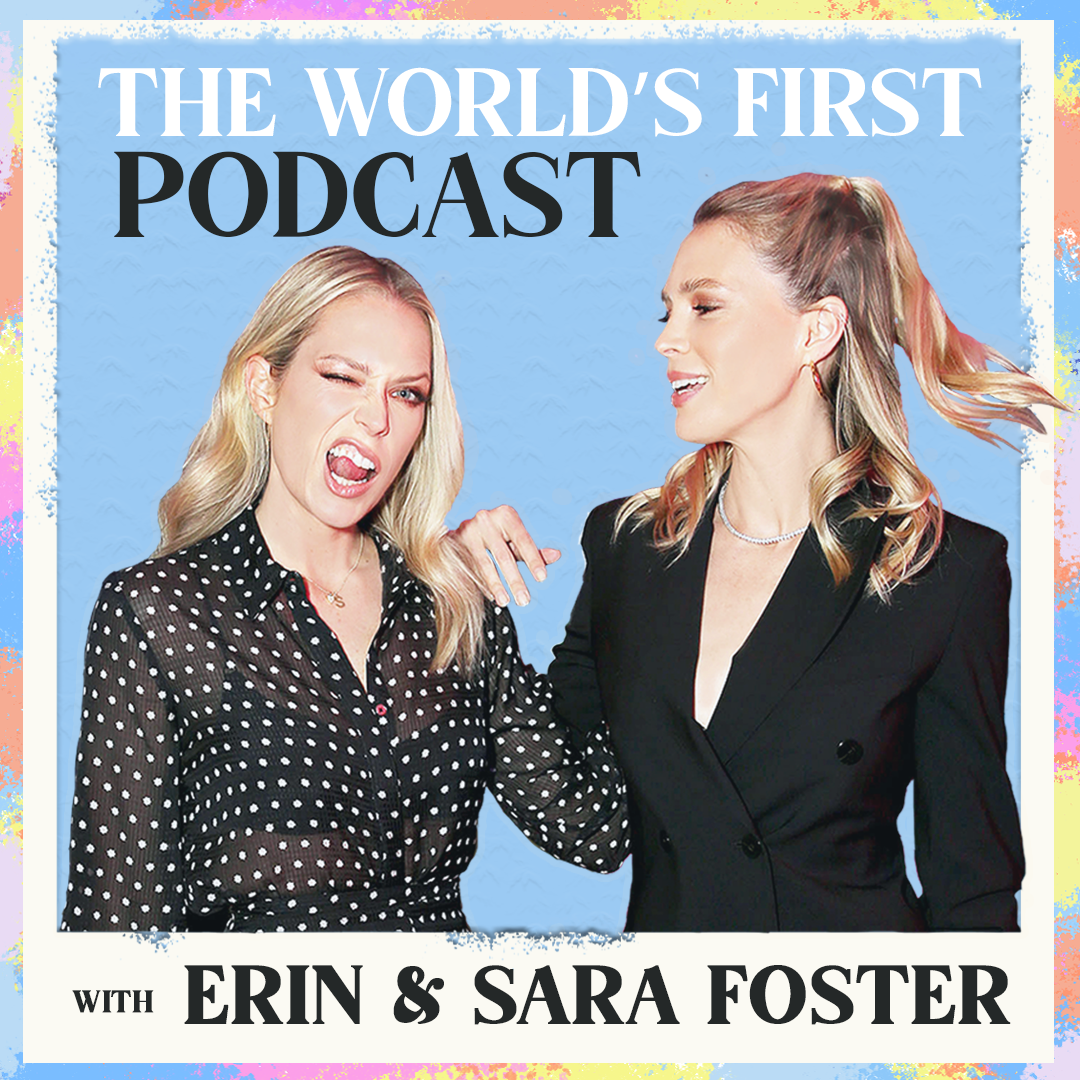

Leave a Reply